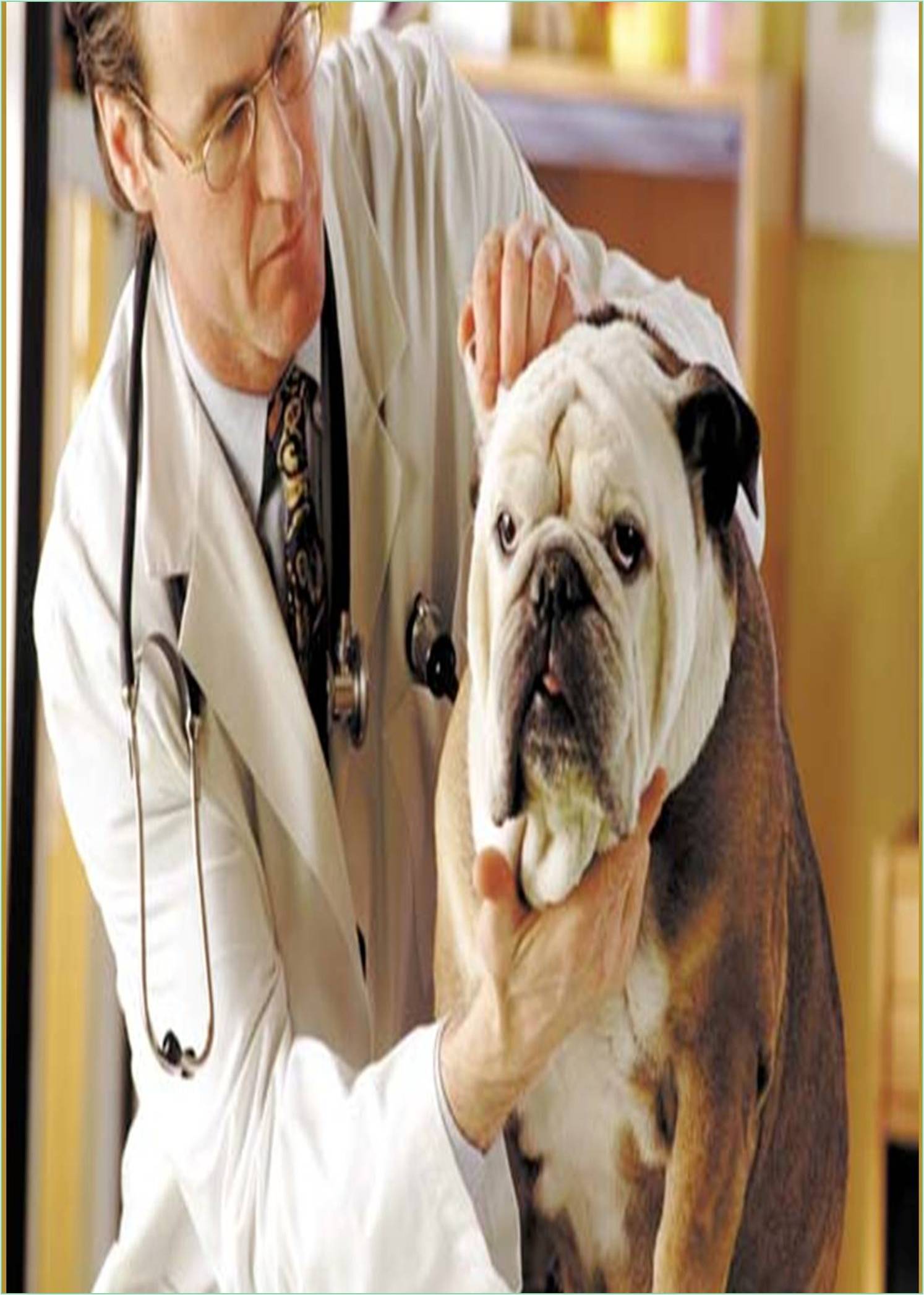



Received: 25-Jul-2022, Manuscript No. GJVMR-22-74048; Editor assigned: 28-Jul-2022, Pre QC No. GJVMR-22-74048 (PQ); Reviewed: 11-Aug-2022, QC No. GJVMR-22-74048; Revised: 18-Aug-2022, Manuscript No. GJVMR-22-74048 (R); Published: 25-Aug-2022, DOI: 10.15651/GJVMR.22.10.002
Bovine Ephemeral Fever (BEF) is a viral disease in cattle and buffalo. Affected animals are usually sick for only a few days and are characterized by short fevers, chills, lameness, and muscle stiffness. The alternative name for this disease is three-day sickness. A study of the etiology of episodic fever in cattle confirmed that the predominant clinical manifestation was fever within 2 days, accompanied by increased respiratory rate, dyspnea, and some degree of lameness. Observations showed leftshifted neutropenia and lymphopenia at the peak of the clinical response. BEF is an arthropod-borne virus (probably mosquito) and is widespread in Queensland. Ephemeral bovine fever is an arthropod-borne viral disease of cattle and buffaloes that causes milk yield loss, recumbency, and sometimes death. Bovine ephemeral fever is an insect-borne, non-contagious viral disease of cattle and buffalo that occurs in Africa, the Middle East, Australia, and Asia. Apparent infections can occur in Cape buffalo, hartebeest, waterbuck, wildebeest, deer, and possibly goats, sheep, and gazelles. It has also been found in elephants, but its specificity has not been confirmed.
When the normal temperature is around 380°C, the fever suddenly rises to 410°C and returns to normal within 36 hours. The disease can cause severe economic losses through mortality, deterioration of the condition, reduced milk production, reduced fertility of bulls, occasional abortions, and delayed marketing. Bovine Ephemeral Fever Virus (BEFV) is classified as a member of the Ephemerovirus genus in the Rhabdoviridae (minus-sense single-stranded RNA) family. Two stages are generally recognized in bovine ephemeral viruses. The acute febrile phase occurs suddenly, especially in dairy cows. An infected cow is more likely to show signs of fever with a rectal temperature above 40°C, standing with a hunched back and bowed head, an extended muzzle, drooling, and low milk production, especially in dairy cows. The second stage is muscle stiffness and lameness in one or more limbs. Secondary bloating may occur due to general inflammation of the abdominal cavity and congestion of the rumen. The lameness travels between the limbs, and the joints may visibly swell. During recovery, most affected animals will resume eating and drinking. Virus spread appears to be linked to wind and animal transport. Transient febrile signs of sudden onset and varying severity in cattle include shivering, anorexia, serous nasal discharge, drooling, emphysema, increased pulse rate, tachypnea or dyspnea, and atony of the fore stomach.
Clinical signs are generally milder in buffaloes. Affected cows may lie prone and paralyzed from 8 hours to over a week. A veterinarian's assistance is required for a 3-day disease diagnosis. There is a modified live vaccine for BEF that provides long-term protection. A two-part vaccine (lyophilized vaccine containing a refrigerated liquid adjuvant) must be mixed before administration and provides excellent protection against BEF. Although some cows may still develop mild illness after vaccination, the severity and duration of illness are usually much less than in unvaccinated cows. Two doses should be given 2-4 weeks apart under the skin of the neck to ensure early and repeated administration of anti-inflammatory drugs over 2-3 days is effective. Oral administration should be avoided unless the swallowing reflex is working. Symptoms of hypocalcemia are treated similarly to milk fever. Antibiotic treatment and isotonic hydration to control secondary infections may be required. Animals usually recover spontaneously after about 3-4 days.